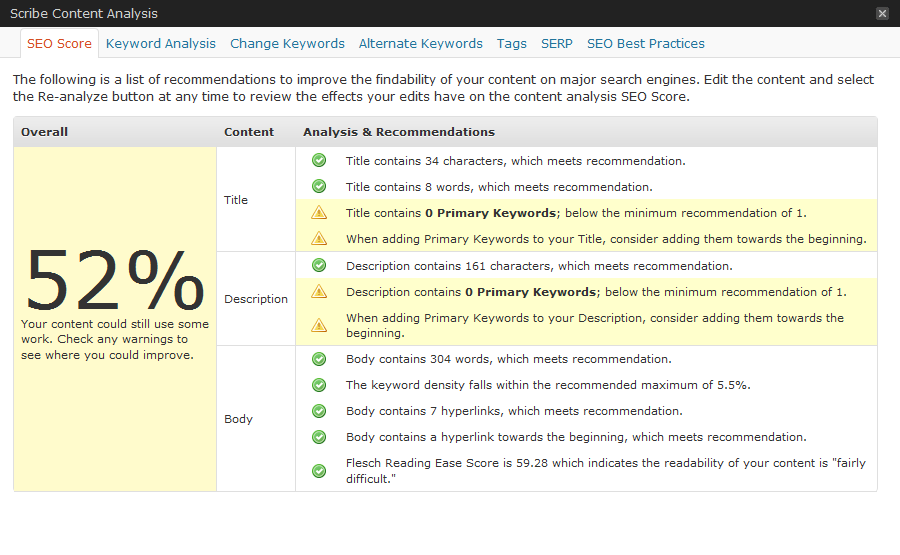 How do you know if your content is working for you? Everybody says they want more traffic, but quite frankly, traffic stats leave me scratching my head and saying “Okay, that’s nice…and so what?”
How do you know if your content is working for you? Everybody says they want more traffic, but quite frankly, traffic stats leave me scratching my head and saying “Okay, that’s nice…and so what?”
Maybe it’s because I’m not an analytical type, I prefer big picture thinking and gut feelings and intuition. But if I had a metric I could look at and be able to tell if my content is working, i.e. having an impact on readers, then maybe I’d become more analytical.
You know how those yearly physical exams give you a print out of your lab test and tell you if you’re in the “normal” range or not? Why can’t we have a report for our blogs? Or for e-newsletters? Or for overall Web content marketing?
On Monday mornings, for example, you log into your “Content Marketing Impact” account and get a free print out of how well your content has impacted readers:
- Blog…82%
- E-newsletter …75%
- Articles…56%
- Landing pages…
- White Paper…
- Free Report… etc. etc.












